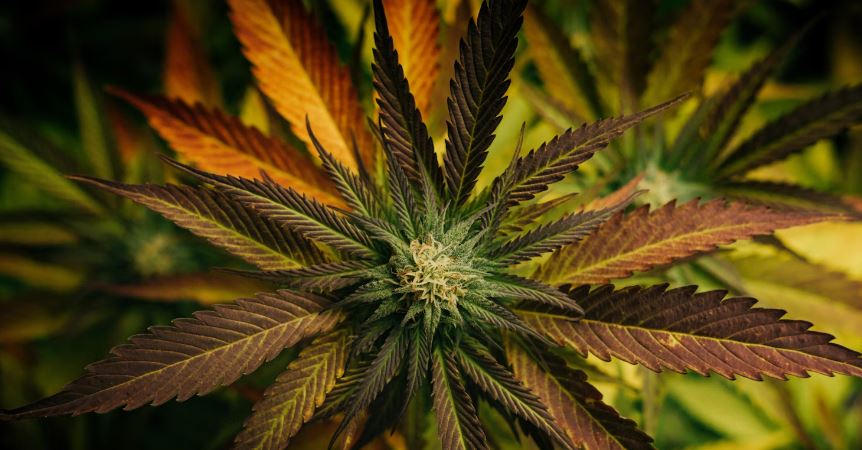Cannabis Dispensary Prices Explained: Quality, Supply and Demand, and Additional Fees
As the cannabis industry grows with more dispensaries opening in legalized areas, understanding how prices are set is becoming more important. Both new and experienced users often find dispensary pricing confusing. Factors like product type, quality, brand reputation, and regional market trends influence costs. This affects both customer experience and how dispensaries compete.
This article looks at various aspects of dispensary pricing to make it easier to understand. We will discuss how and why different products are priced the way they are, how quality affects cost, and how supply and demand shape prices. We’ll also look at the impact of promotions, discounts, taxes, and fees on final prices. Our goal is to help consumers better sort through cannabis dispensary pricing.
Contents
Different Types of Cannabis Products
Exploring the variety of cannabis products at dispensaries shows a diverse market. From traditional dried flower to innovative concentrates, each product is unique in how it’s consumed and made. Dried flower is a staple, less processed, and usually cheaper, though prices vary by strain and quality. Concentrates like oils, waxes, and shatters need more refined extraction methods, often making them more expensive.
Edibles and topicals, infused with cannabinoids, are a special category that requires careful dosage control and are often more expensive due to their convenience and discreet use. Each product type, influenced by its potency and the complexity of its processing, has its own price range, allowing consumers to choose based on their preferences, desired effects, and budget.
Quality vs. Price
As we look at the relationship between quality and price in the cannabis industry, a common belief is that higher prices mean better quality. However, this isn’t always true. Important factors like brand reputation and clear testing results are key to judging the true quality of cannabis products. A well-known brand might charge more because of its trusted name and reliable products.
On the other hand, detailed testing results give solid proof of quality by showing the presence of desired cannabinoids and the absence of harmful contaminants. So, while price often indicates quality, smart consumers should also consider the brand’s reputation and the guarantee of thorough testing.
Supply and Demand
Supply and demand play a big role in pricing at a cannabis dispensary. When there’s a lot of supply and steady demand, prices go down, making products cheaper for consumers. On the other hand, limited supply and high demand push prices up, making products more expensive. Understanding this helps consumers make smart buying choices and predict price changes.
For example, growers’ harvests can change with the seasons, affecting supply levels in dispensaries. Demand might go up during holidays or in areas with fewer dispensaries. By watching these factors, consumers can time their purchases to get lower prices and take advantage of seasonal promotions or sales events.
Discounts and Promotions
When it comes to discounts and promotions, cannabis dispensaries use various strategies to attract customers and boost product visibility. New shoppers often get discounts to encourage them to try products and keep them interested. Loyalty programs reward returning customers, creating a sense of community and encouraging them to come back.
Seasonal trends are also important; for example, holiday sales offer timely discounts that match increased consumer spending during festive times. These discounts not only improve the shopping experience but also help dispensaries stay competitive by keeping customers engaged and highlighting specific products.
Taxation and Additional Fees
When buying cannabis, taxes and extra fees can significantly affect the final price. In areas where cannabis is legal, there are often state, local, and excise taxes that add to the product’s cost. Some dispensaries also charge extra fees for things like security, compliance with state regulations, or specialized packaging.
These costs can vary widely depending on the municipality and state. For example, some cities might have higher security costs due to stricter local laws, or unique packaging requirements to meet environmental standards. It’s a good idea for consumers to carefully check their receipts or ask ahead of time to understand these additional costs and avoid any surprises. By doing so, they can ensure a transparent transaction and be better prepared for the final amount they’ll need to pay.
Sorting through the pricing specifics of cannabis dispensaries can be confusing, but understanding the factors at play can make it easier for consumers. From the type and quality of products to the influence of supply and demand, numerous elements shape the cost of cannabis. Additionally, promotions, discounts, taxes, and extra fees all contribute to the final price. By staying informed about these aspects, consumers can make more educated purchasing decisions, ensuring they get the best value for their money while enjoying a transparent and satisfying shopping experience.




